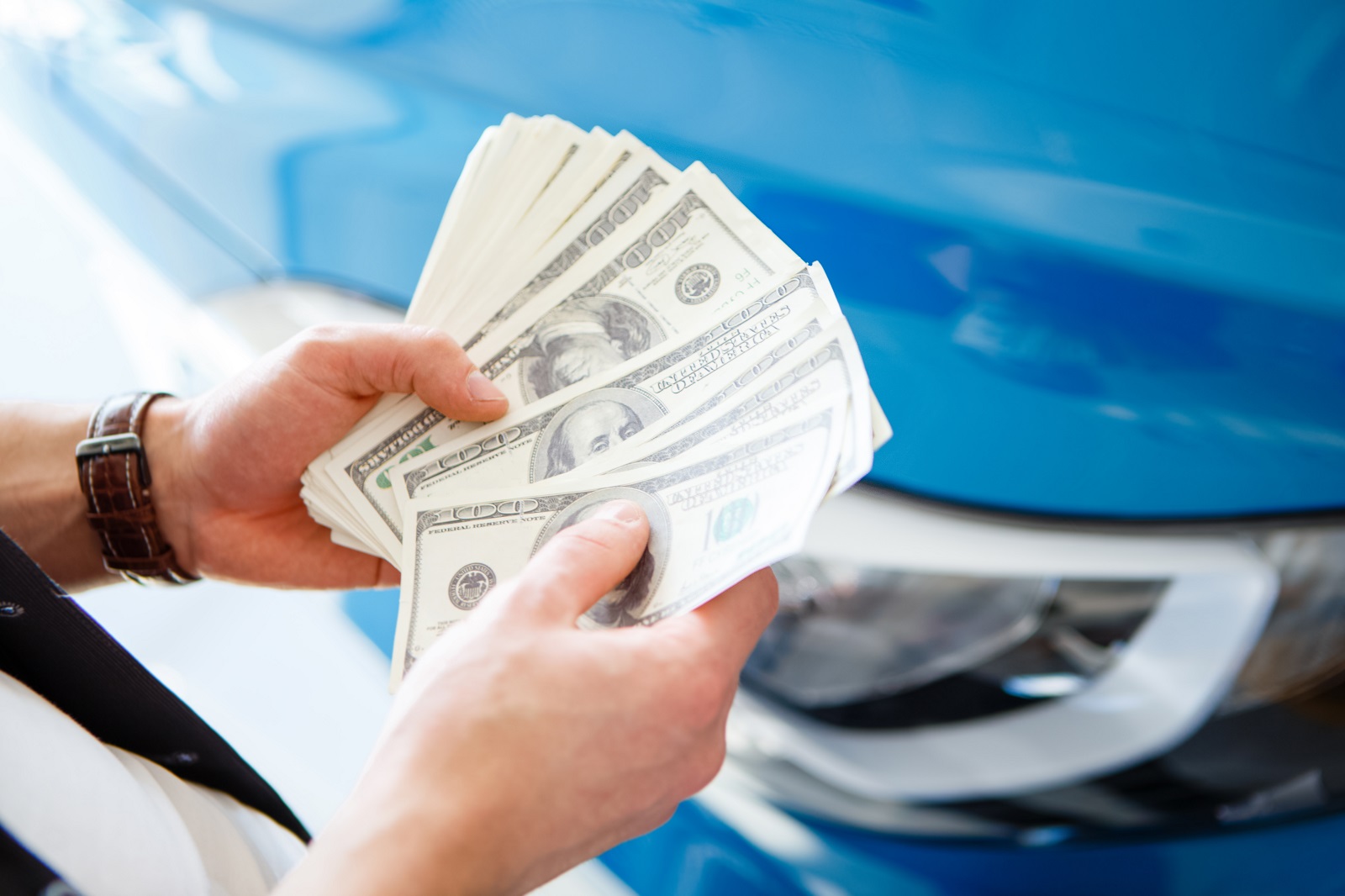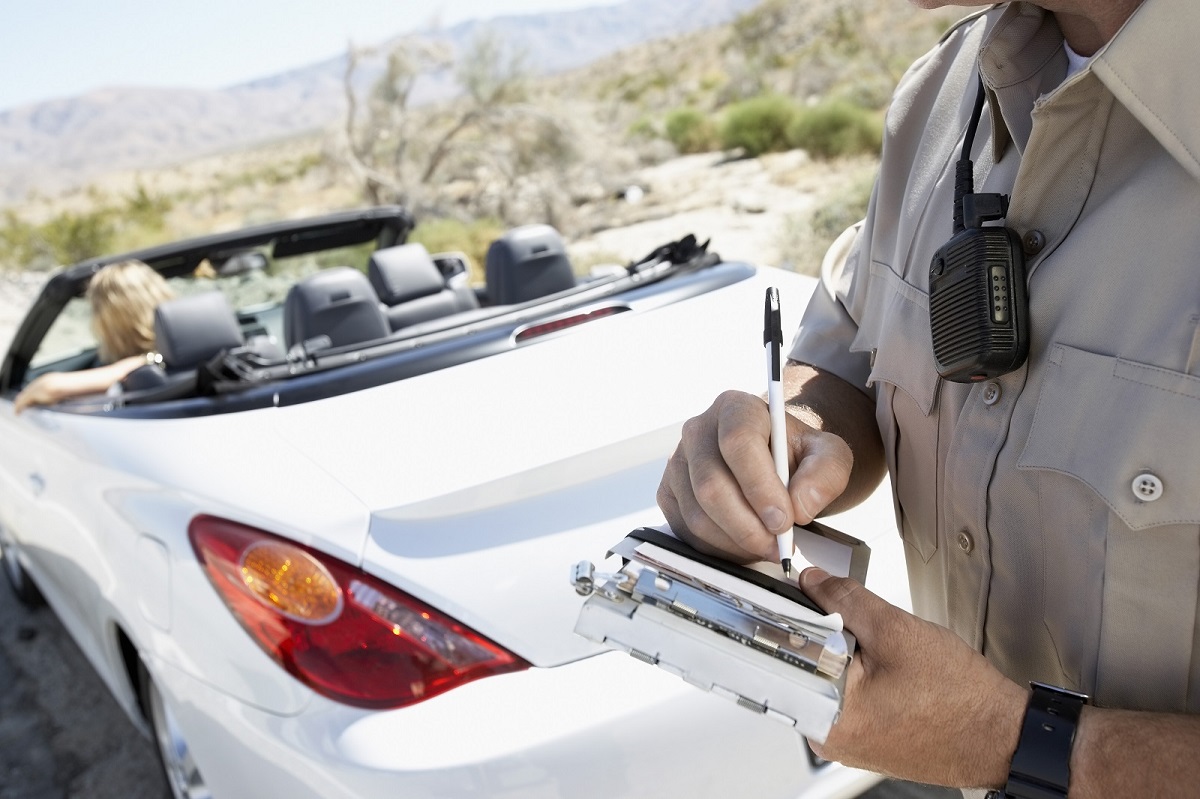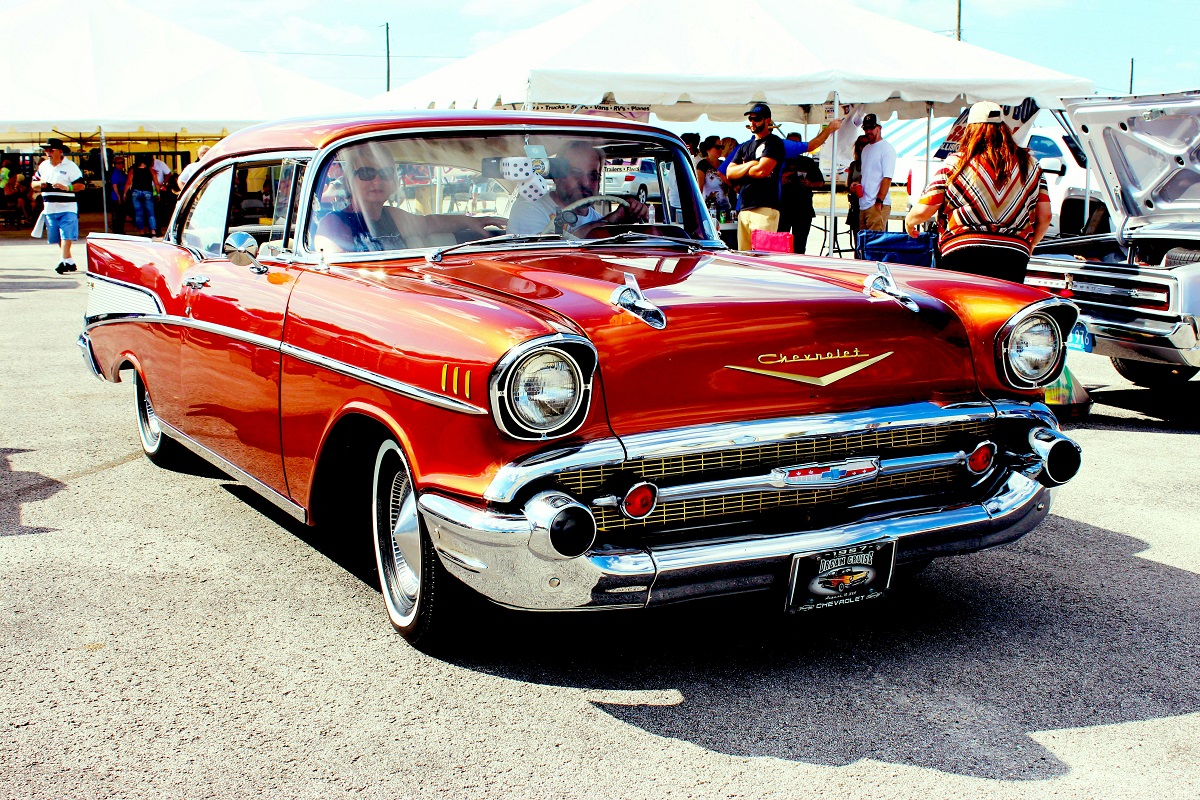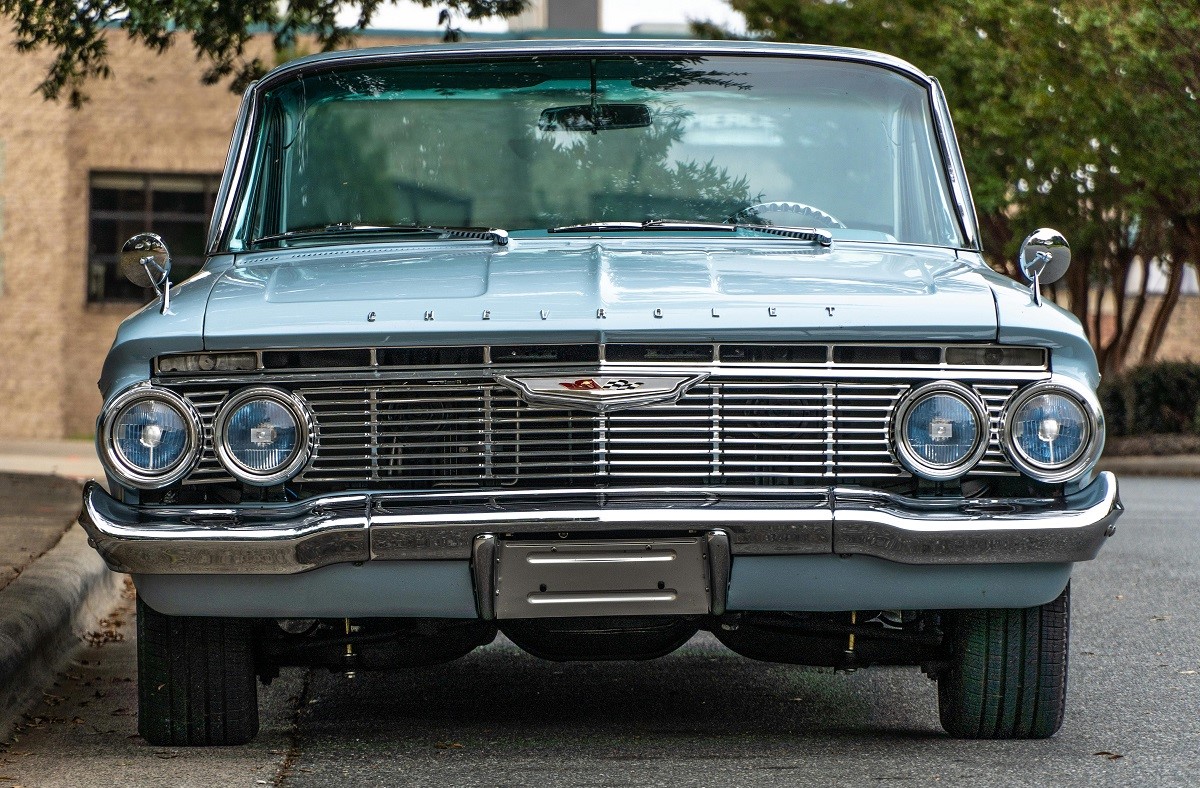Walking into a dealership can feel like entering a battlefield where your hard-earned money is the prize. Car salespeople are trained in a myriad of techniques to squeeze every possible dollar from your pocket. Here’s how to protect yourself from upselling and scams.
1. Research Before You Go

Image Credit: Shutterstock / Rawpixel.com
Knowledge is power. Before setting foot in a dealership, research the car you want, including its fair market value, common features, and any ongoing promotions. Websites like Kelley Blue Book and Edmunds can provide reliable pricing information.
2. Stay Firm on Your Budget

Image Credit: Shutterstock / Roman Seliutin
Salespeople will often try to stretch your budget by showing you higher-priced models or adding extras. Set a firm budget before you arrive and stick to it. Don’t reveal your maximum budget; instead, start lower to leave room for negotiation.
3. Beware of the “Four-Square” Technique

Image Credit: Shutterstock / Korawat photo shoot
This sales tactic involves a worksheet divided into four quadrants: price, down payment, monthly payment, and trade-in value. The salesperson will juggle numbers between these quadrants to confuse you and make you think you’re getting a good deal when you’re not. Focus on the overall price of the car, not the monthly payment.
4. Avoid Add-Ons and Extras

Featured Image Credit: Shutterstock / Pressmaster
Dealerships make significant profits from selling add-ons like extended warranties, rust-proofing, and fabric protection. These are often overpriced and unnecessary. Politely but firmly decline any extras and stick to the base price of the vehicle.
5. Read the Fine Print

Image Credit: Shutterstock / inewsfoto
Before signing any documents, read the contract thoroughly. Look out for hidden fees, unexpected charges, or terms that weren’t discussed. Take your time, and don’t let the salesperson rush you through the process.
6. Get Your Own Financing

Image Credit: Shutterstock / fizkes
Dealerships often mark up interest rates on loans they arrange. Secure financing through your bank or credit union before visiting the dealership. This not only saves you money but also simplifies negotiations, as you can focus solely on the price of the car.
7. Watch for Lowball Trade-In Offers

Image Credit: Shutterstock / Dusan Petkovic
Dealers might offer you a low trade-in value for your current car, knowing they can sell it for much more. Research your car’s trade-in value beforehand and be prepared to negotiate or sell it privately if the offer is too low.
8. Say No to the Extended Warranty

Image Credit: Shutterstock / fizkes
Extended warranties are a common upsell tactic that rarely pays off. Most modern cars are highly reliable and come with sufficient factory warranties. If you feel you need additional coverage, shop around for third-party warranties which are often cheaper and more comprehensive.
9. Don’t Fall for the “Deal Ends Today” Pressure

Image Credit: Shutterstock / Roman Fenton
Salespeople will often create a false sense of urgency, claiming that a special deal ends today. This is a tactic to pressure you into making a hasty decision. Walk away if you feel pressured; if the deal is genuine, it will still be available later.
10. Separate the Car Purchase from Trade-In Negotiations

Image Credit: Shutterstock / Prostock-studio
Mixing the negotiation for your new car and your trade-in can confuse the process and hide the true value of each transaction. Negotiate each deal separately to ensure you get the best terms for both.
11. Test Drive for Real

Image Credit: Shutterstock / Inside Creative House
During the test drive, don’t just take a short spin around the block. Test the car in various conditions – highway speeds, city traffic, and rough roads. Make sure it meets your expectations and doesn’t have any hidden issues.
12. Use a “Buyer’s Order” for Transparency

Image Credit: Shutterstock / pikselstock
Ask the dealer to provide a buyer’s order, which includes all the costs associated with the purchase. This document helps you see the full picture and compare it with offers from other dealerships.
13. Leverage Email Negotiations

Image Credit: Shutterstock / SFIO CRACHO
Start your negotiations via email to avoid the high-pressure environment of the dealership. Email multiple dealers and get quotes in writing. This method gives you leverage and time to think over offers without immediate pressure.
14. Don’t Share Personal Information Too Soon

Image Credit: Shutterstock / Aleksandar Malivuk
Salespeople might ask for your personal information early in the process to run credit checks or gather other data. Hold off on sharing until you’ve settled on a price and are ready to move forward. This prevents unnecessary credit inquiries and keeps your negotiation leverage.
15. Watch for Yo-Yo Financing Scams

Image Credit: Shutterstock / 4 PM production
In a yo-yo financing scam, the dealer lets you take the car home before financing is fully approved. Later, they call you back saying the financing fell through and demand a higher interest rate or down payment. Avoid this by ensuring all financing is finalized before taking the car home.
16. Bring a Friend

Image Credit: Shutterstock / VesnaArt
Having a friend or family member with you can provide support and help you stay focused. They can offer a second opinion and help keep the salesperson’s tactics in check.
Outsmart the Scammers

Image Credit: Shutterstock / Prostock-studio
Navigating a dealership requires vigilance and a healthy dose of skepticism. By understanding these tactics and standing your ground, you can avoid scams and upselling, ensuring you get a fair deal. Don’t let slick salespeople take advantage of you—stay informed, be assertive, and drive away with the best possible deal.
Police Magnet: 7 Cars That Guarantee You’ll Get Pulled Over

Image Credit: Shutterstock / sirtravelalot
Driving certain cars can make you more noticeable to law enforcement, even if you’re abiding by all the rules. Are you driving one of these “police magnets”? Here are seven cars that seem to attract more police attention than others. Police Magnet: 7 Cars That Guarantee You’ll Get Pulled Over
The Classic Cars That Were Total Clunkers

Image Credit: Pexels / Pixabay
Nostalgia has a funny way of making the past seem better than it was, especially when it comes to cars. But here’s the hard truth: some of those “classic” cars your dad raves about were real clunkers. Here’s a closer look at why some of those so-called “classics” weren’t all they were cracked up to be. The Classic Cars That Were Total Clunkers
The Worst U.S. Cars Ever Made: A Retro List

Image Credit: Pexels / Be The Observer
The U.S. auto industry has produced some incredible vehicles, but not every model was a hit. Here’s a look back at 16 of the worst cars ever made in the U.S., each infamous for its own unique flaws. The Worst U.S. Cars Ever Made: A Retro List
Featured Image Credit: Shutterstock / Hryshchyshen Serhii .
For transparency, this content was partly developed with AI assistance and carefully curated by an experienced editor to be informative and ensure accuracy.
The images used are for illustrative purposes only and may not represent the actual people or places mentioned in the article.



